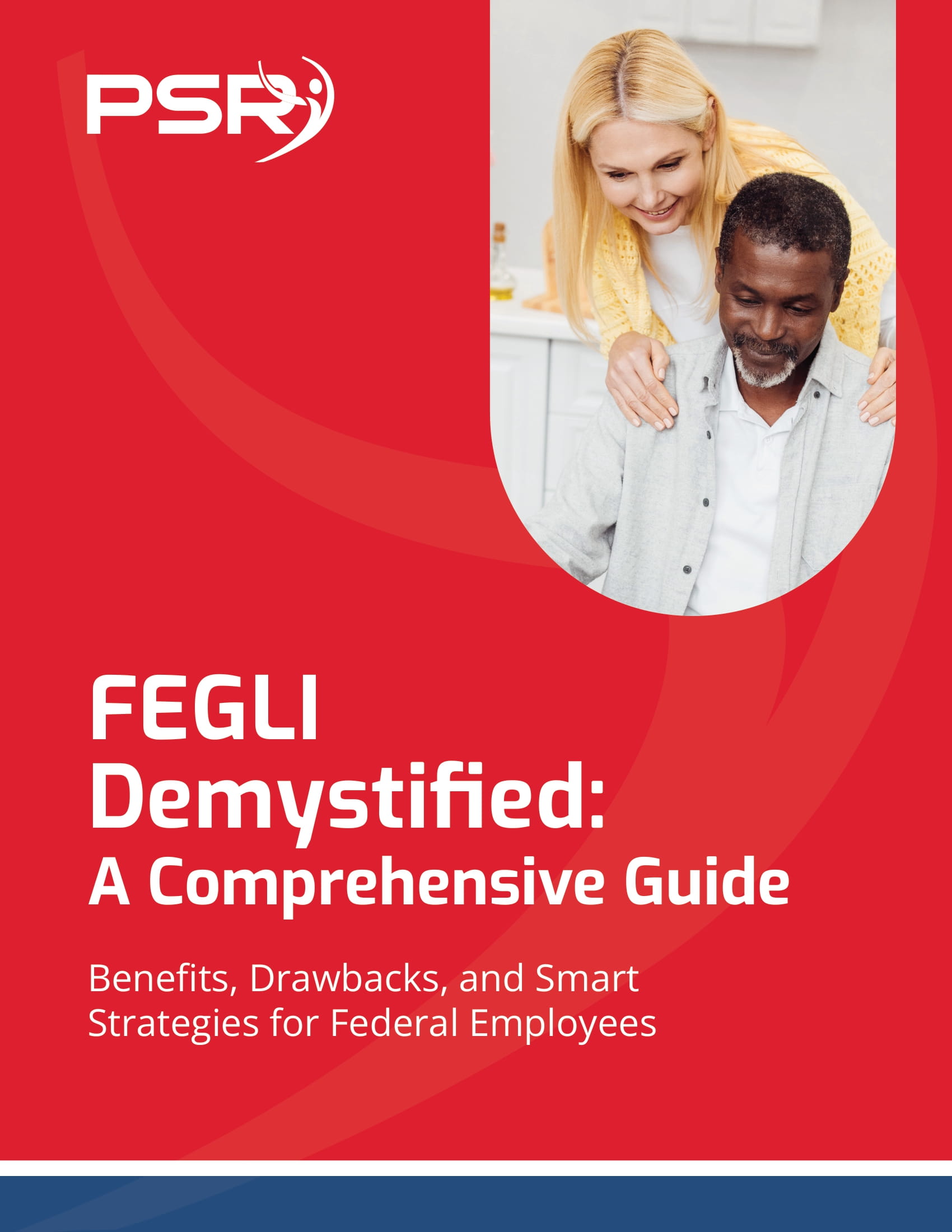[vc_row][vc_column width=”2/3″ el_class=”section section1″][vc_column_text]Is it possible for federal employees to retire on full salary even after only working for 20 years? It seems that this has become an especially persistent urban myth.
The basis of civil service annuities relies on the high-3 (or the average of that employees three highest consecutive salary years) as well as a multiplier that reflects their years of federal employment.
- Also Read: New Rules for Federal Employees in 2025: What You Need to Know to Stay Ahead
- Also Read: Seven TSP Fund Allocation Strategies Federal Employees Are Using to Strengthen Their Retirement Portfolios
- Also Read: Military Buyback for Federal Employees: Is It Really Worth It? Here’s What You Need to Weigh Up
The federal employees beneath the Civil Service Retirement System (CSRS), which is a much smaller number compared to FERS, don’t get those same benefits. However, their annuity multiplier is around 2 percent per year of service. Looking back at FERS, those employees do receive Social Security benefits as well as up to 5 percent of employer contributions that go into their Thrift Savings Plan (TSP).
These are the basics of annuity calculations for federal employees, but there are various special provisions that can apply to either FERS or CSRS. If you have additional questions on your own annuity calculations, then it’s best to reach out to a financial advisor who can help you by providing additional information specific to your own unique situation.[/vc_column_text][/vc_column][vc_column width=”1/3″][vc_single_image image=”34354″ img_size=”292×285″ style=”vc_box_shadow”][/vc_column][/vc_row]








